Meet Minnette de Silva, the trailblazing Sri Lankan modernist architect
Sri Lankan architect Minnette de Silva is celebrated in a new book by author Anooradha Iyer Siddiq, who looks into the modernist's work at the intersection of ecology, heritage and craftsmanship
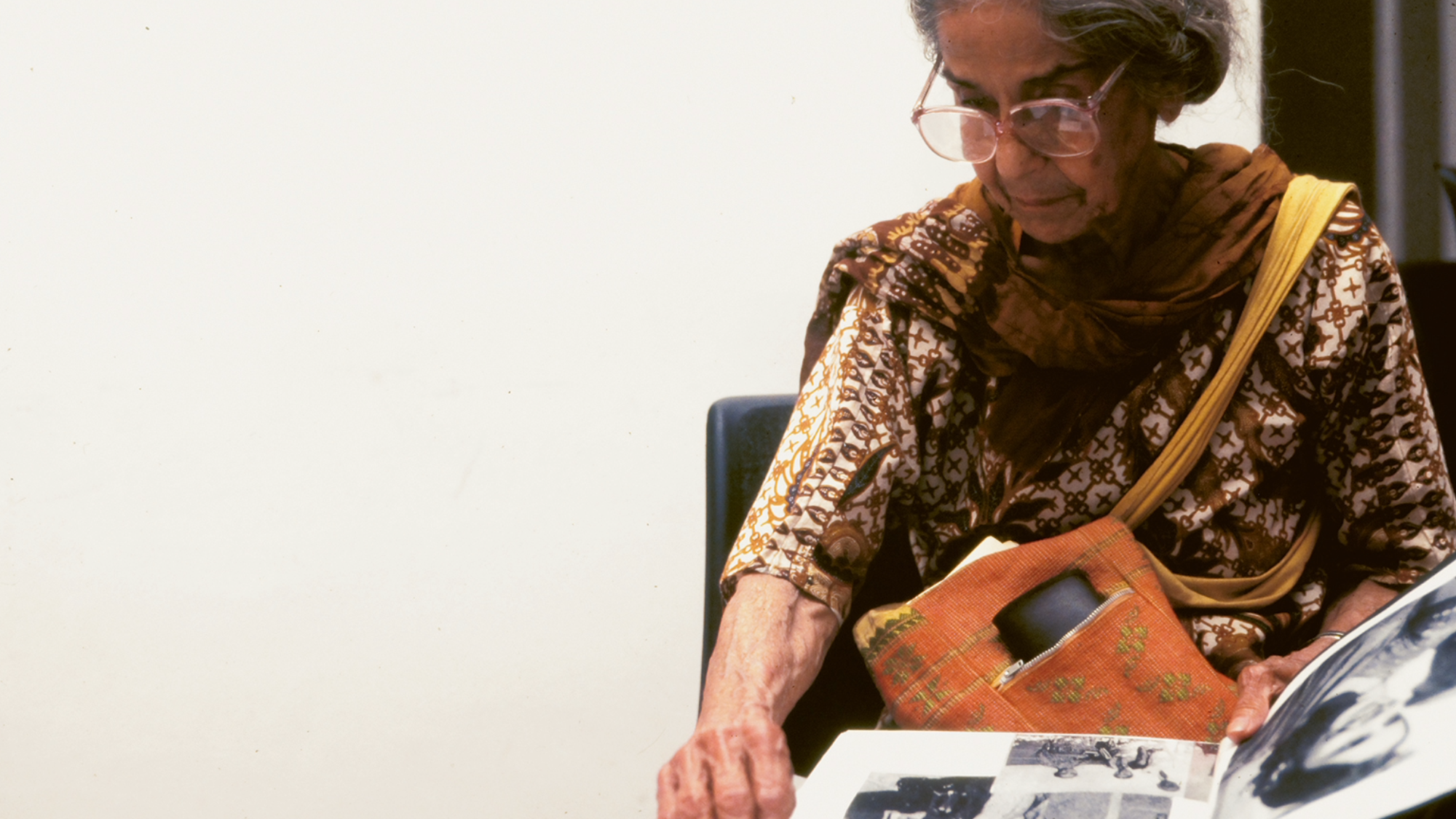
If you are not familiar with the work of Minnette de Silva, you may not be alone. Asked to name Sri Lanka’s most influential architect, many might go for Geoffrey Bawa, whose Lunuganga Estate you can now visit. Yet it would be unfair to forget this other regional modernist architecture pioneer of the tropical island country, de Silva (1918–1998), who founded the Studio of Modern Architecture in Kandy, Sri Lanka, in 1947 – one of the first women in the world to establish a professional architectural practice as sole principal.
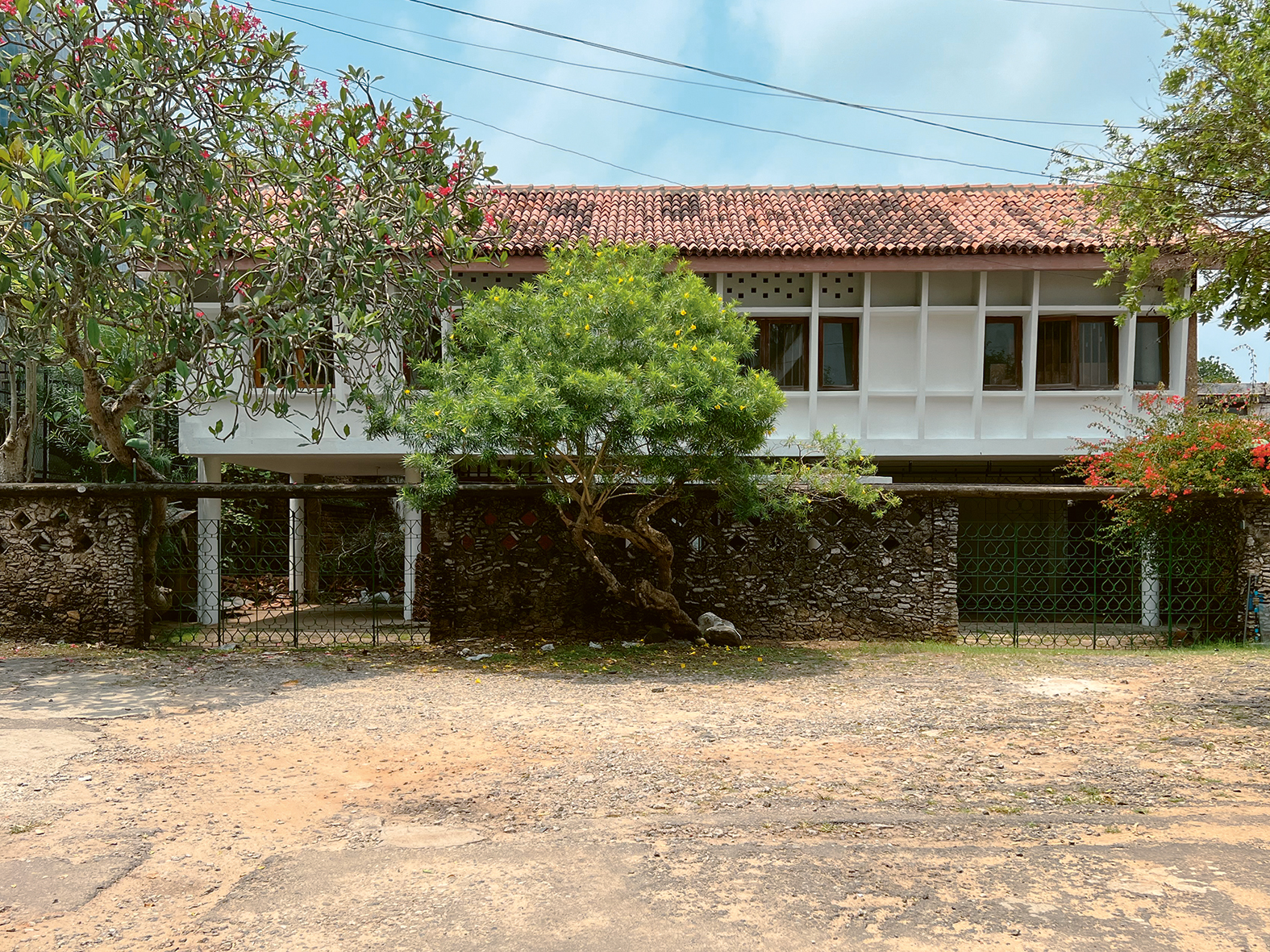
Pieris House, Colombo, by Minette de Silva's Studio of Modern Architecture
Tour the work of Sri Lankan architect Minnette de Silva
Her story and projects are at last given the spotlight in a new book, Minnette de Silva: Intersections, by architectural historian Anooradha Iyer Siddiqi. Illustrated with new photography, drawings and archival material, the monograph is shaped around themes of ecology, society and heritage, with detailed presentations of de Silva’s significant projects built across Sri Lanka.
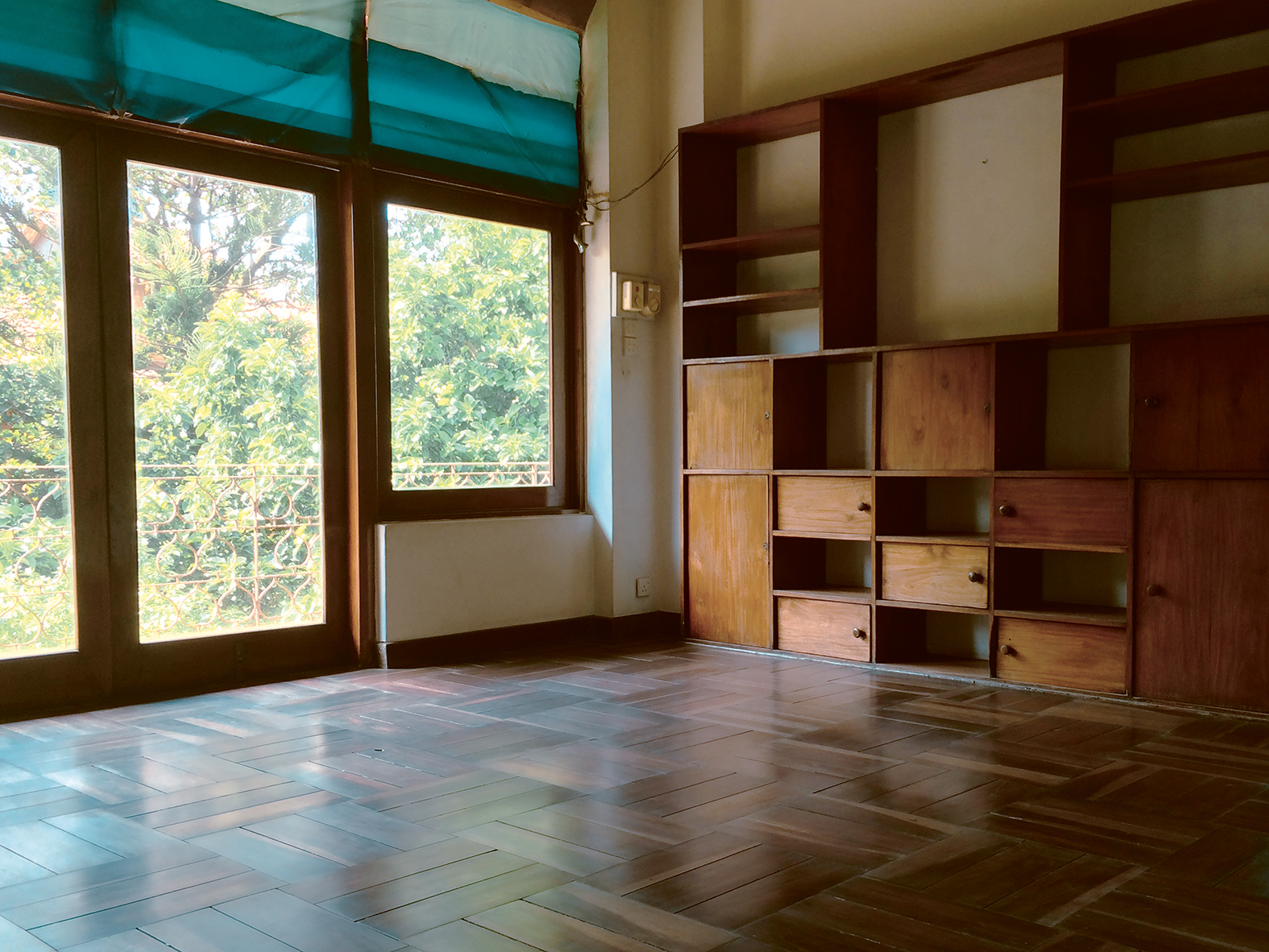
Dining room with built-in wooden cabinets and shelves, Pieris House, Colombo
Hailing from a Sinhalese-Burgher family, with both her parents active in the anticolonial and universal franchise movements, De Silva first encountered architecture through a meeting with town planner Oliver Weerasinghe. She trained in Mumbai at Mistri and Bhedwar, led among others by Perin Mistri, one of the first women in India to practice architecture, but her studies were interrupted by her participation in the Quit India protests, which caused her to be expelled.
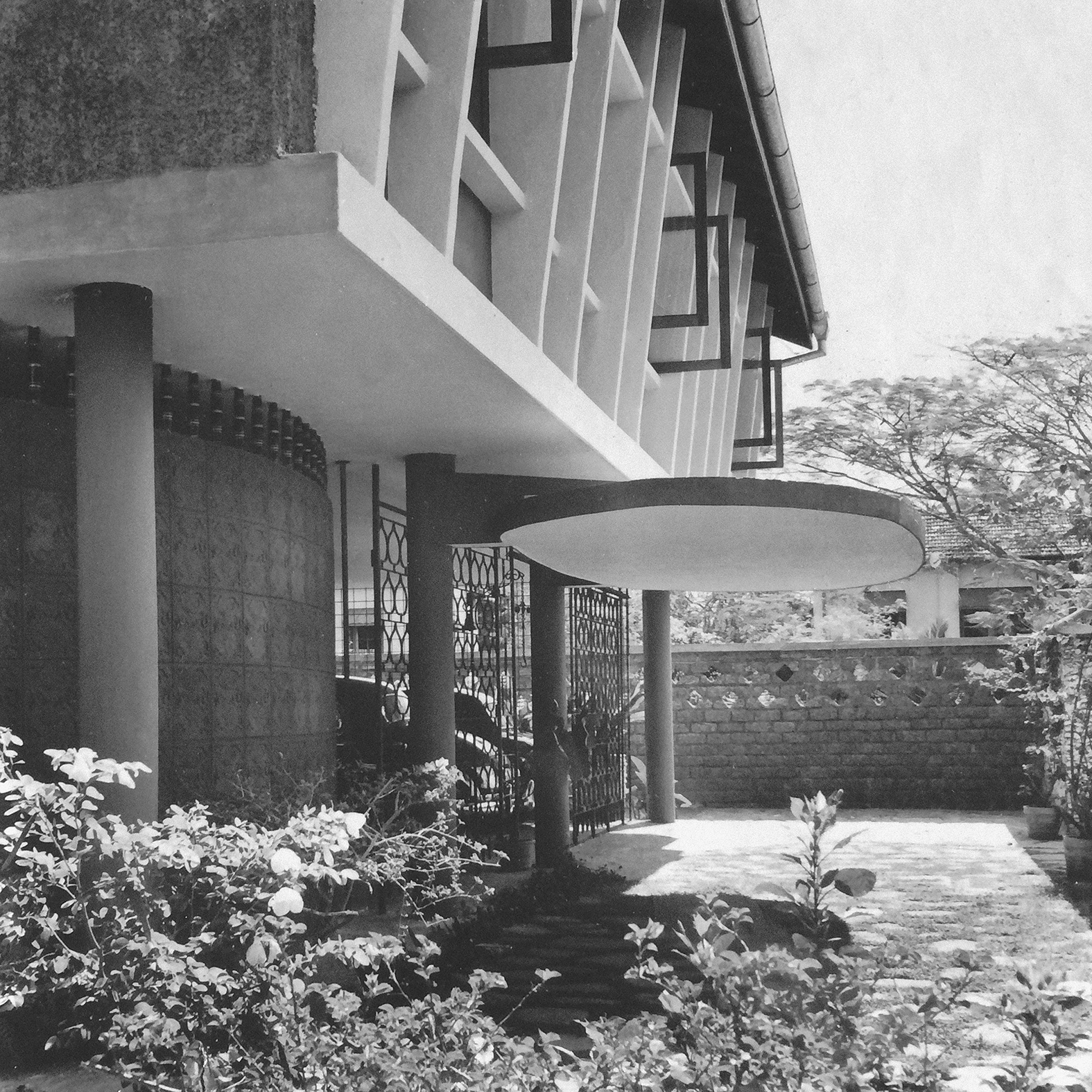
House for WAE Molamure, 1955, Bolgoda, by Minette de Silva's Studio of Modern Architecture
She then worked in the private office of Otto Koenigsberger, chief architect of the Princely State of Mysore, on a project developed under the industrialist JRD Tata: an extension to Jamshedpur, India’s first planned housing project for industrial workers. After the war, De Silva moved to London, where she was able to enroll in the Architectural Association in London and complete her studies, under, among other tutors, Arthur Korn of the MARS Group.
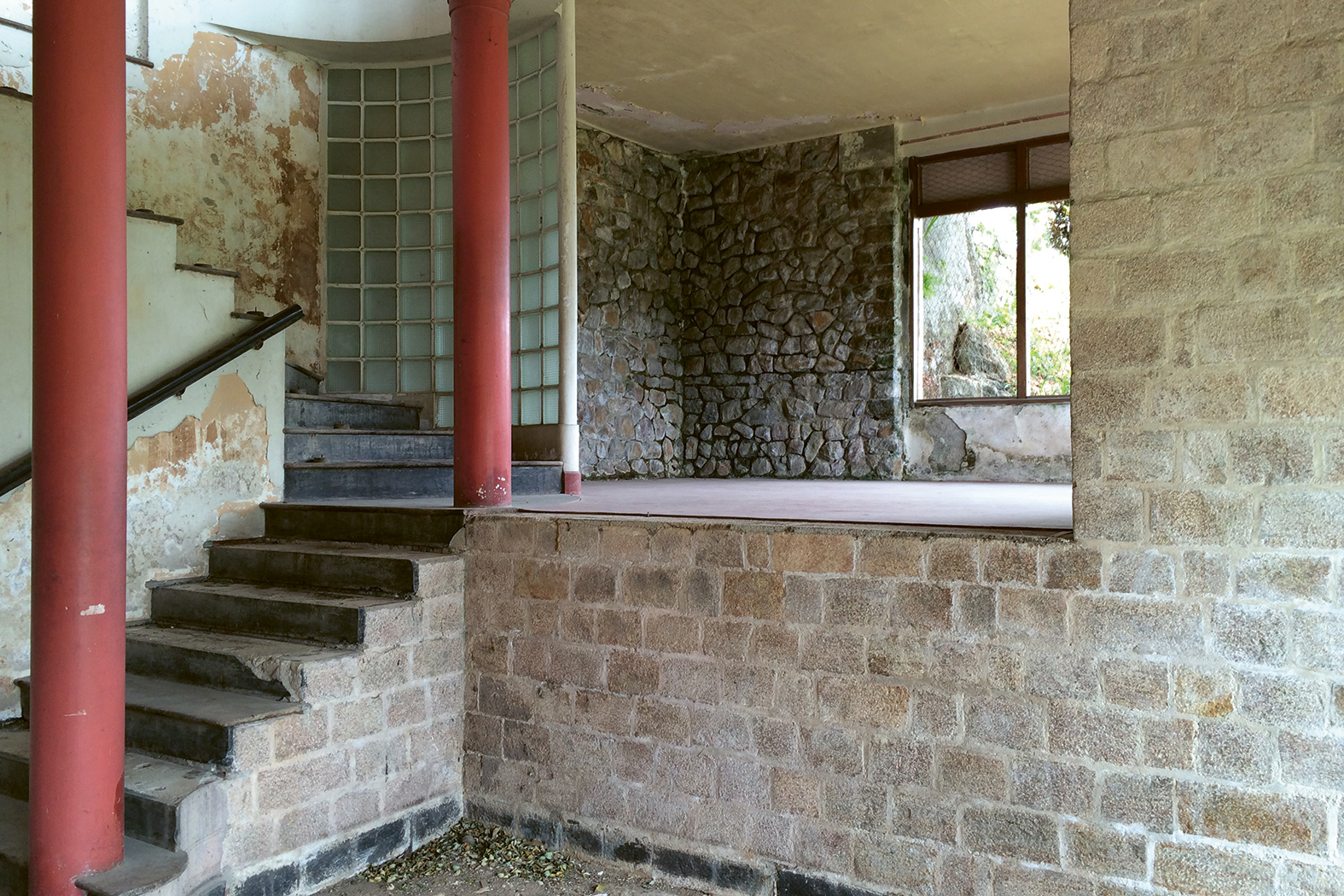
Karunaratne House, Kandy by Minette de Silva's Studio of Modern Architecture
To mark her first commission in 1947 (a house in Kandy for her father’s business partner Algernon Karunaratne), De Silva founded her Studio of Modern Architecture, working from an extension she designed next to her family home, and which served as her base for her entire career.
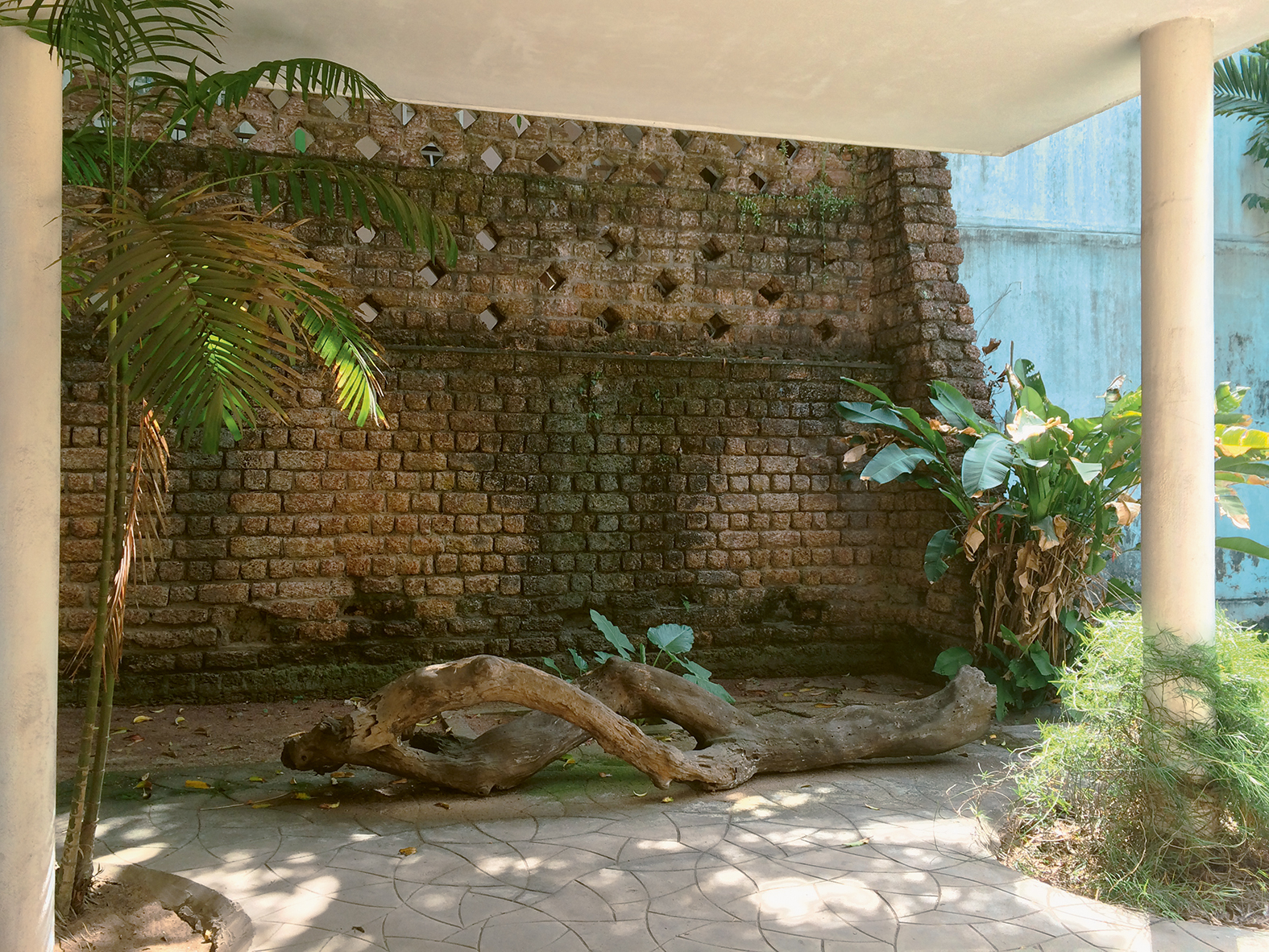
The garden at Pieris House, Colombo, by Minette de Silva's Studio of Modern Architecture
Today, she is known for her designs and constructions encompassing housing projects, public institutions, settlement planning, and experiments in fabrication and handicraft design – most in Sri Lanka and some in India. Her practice treats architecture as a lived experience and a contemporary expression of the local traditions, with projects including the Kandyan Art Association building (1982–84) on Kandy’s central lake, and the Ceylon Match Factory (1958) in Colombo.
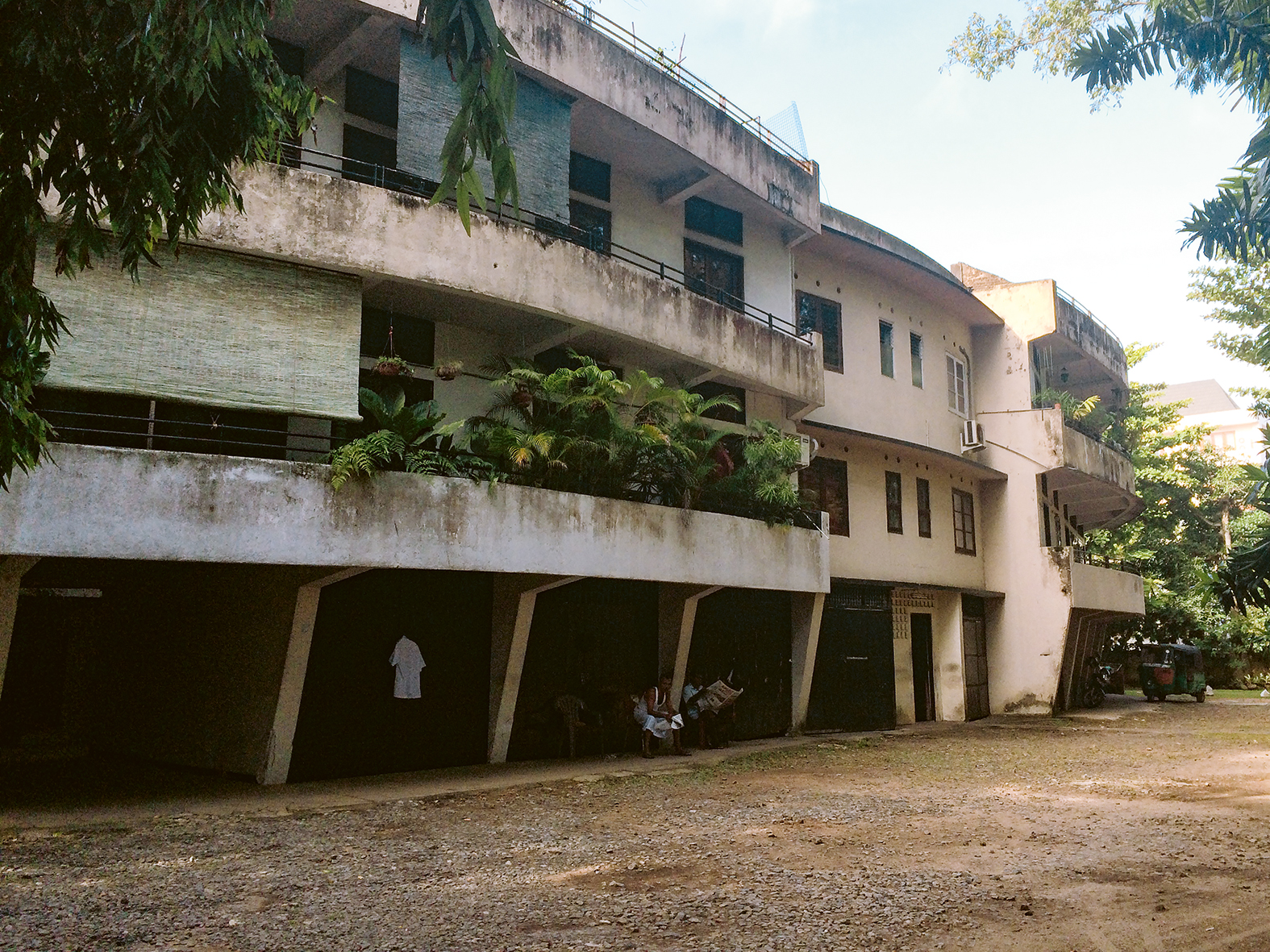
Senanayake Flats, 1954–57, Colombo, by Minette de Silva's Studio of Modern Architecture
‘Her designs often integrated a 1920s continental European modernist idiom of reinforced concrete slabs on pilotis, with organic materials ranging from stone to grasses, as well as hand-fabricated elements by craftspeople working in traditions familiar in Kandy, such as weaving, lacquered wood, and terracotta tile relief,’ writes Siddiqi, who also note that De Silva was an engaged presence on the construction site and actively engaged the engineers and fabricators of buildings – a hands-on approach that saw her take private classes in modern weaving practices in order to better understand the work of the craftspeople she engaged.
Receive our daily digest of inspiration, escapism and design stories from around the world direct to your inbox.

Karunaratne House, Kandy by Minette de Silva's Studio of Modern Architecture
To leave the last word to the architect herself: ‘Much of my work has been based on finding a workable synthesis of traditional and modern architecture. Throughout my childhood, I had lived and moved among Kandyan craftsmen and artists,’ wrote De Silva. ‘I decided to live in Kandy, it being the centre of Ceylon and the heart of our National tradition.'
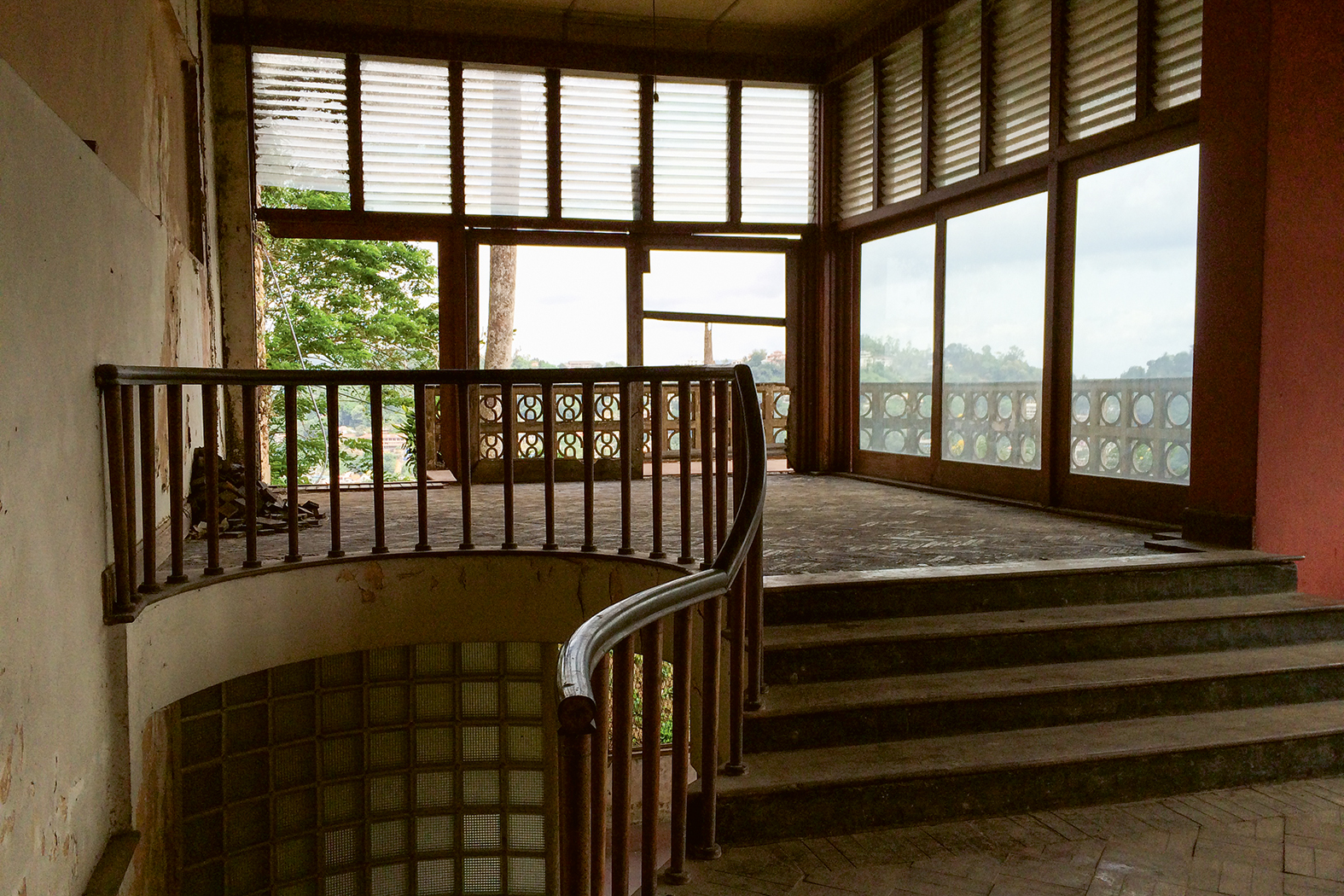
The former living room at Karunaratne House, Kandy by Minette de Silva's Studio of Modern Architecture
‘Once that decision was taken, I went back to the craftsmen I had known since my childhood days. Once more I got to know the dancers, the “Dumbara” mat weavers, in fact, all the artisans in the different crafts and decided to introduce their work into contemporary modern art to establish the principle of all artist-craftsman being involved with architecture.’
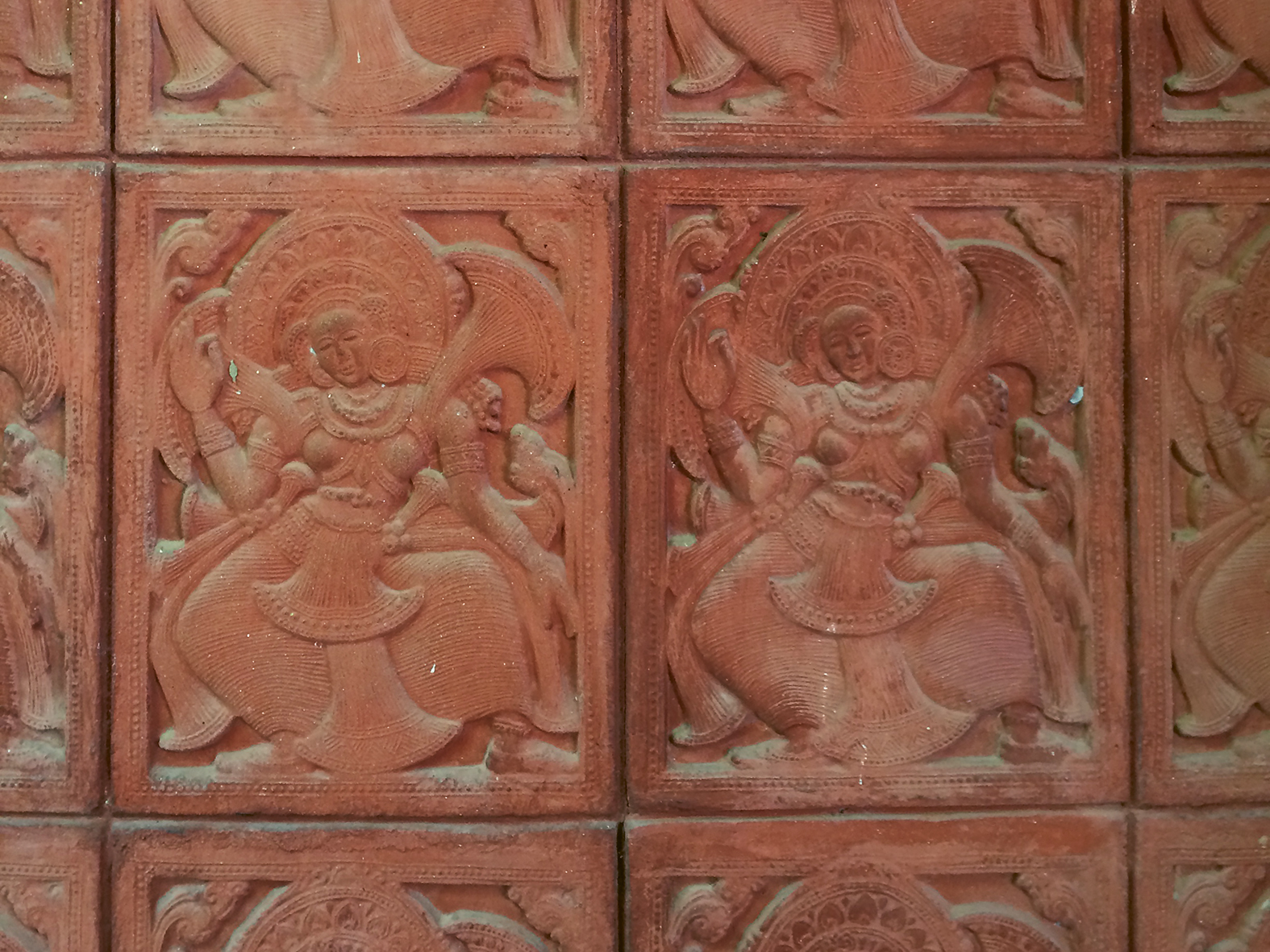
Wall with applied ornamental terra-cotta tile with Kandyan dancer motif at Pieris House, Colombo
A pioneering philosophy that resonates with many of today’s young architects in the region, such as the ones in neighbouring India, featured in our recent article on nine emerging Indian architecture studios.
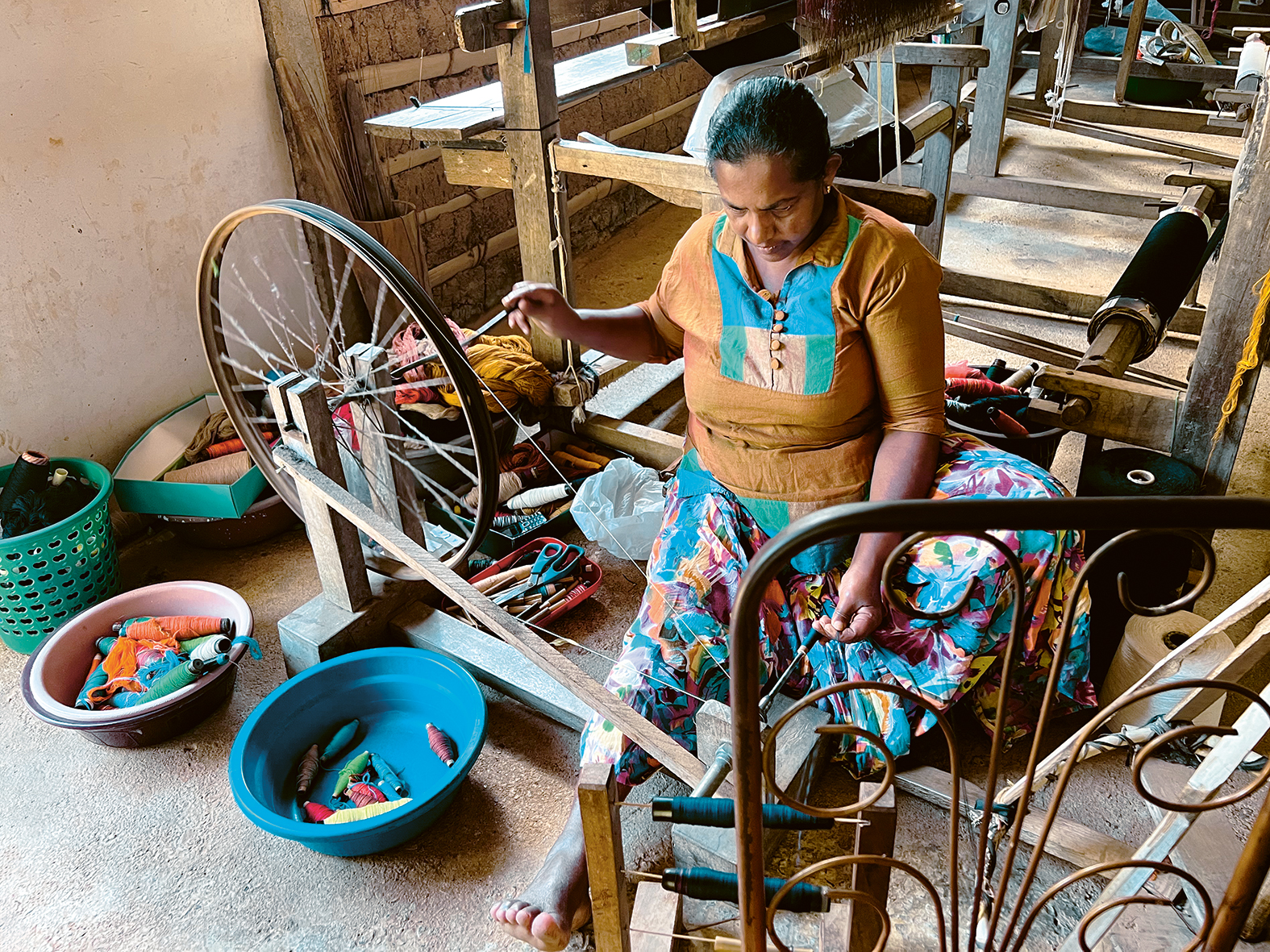
Handloom weaving on a spinning wheel made of bicycle parts
Minnette de Silva: Intersections (£25, Mack, 2024), by Anooradha Iyer Siddiqi, researched with Methmini Kariyakarawana, available at mackbooks.co.uk and Amazon
Léa Teuscher is a Sub-Editor at Wallpaper*. A former travel writer and production editor, she joined the magazine over a decade ago, and has been sprucing up copy and attempting to write clever headlines ever since. Having spent her childhood hopping between continents and cultures, she’s a fan of all things travel, art and architecture. She has written three Wallpaper* City Guides on Geneva, Strasbourg and Basel.
-
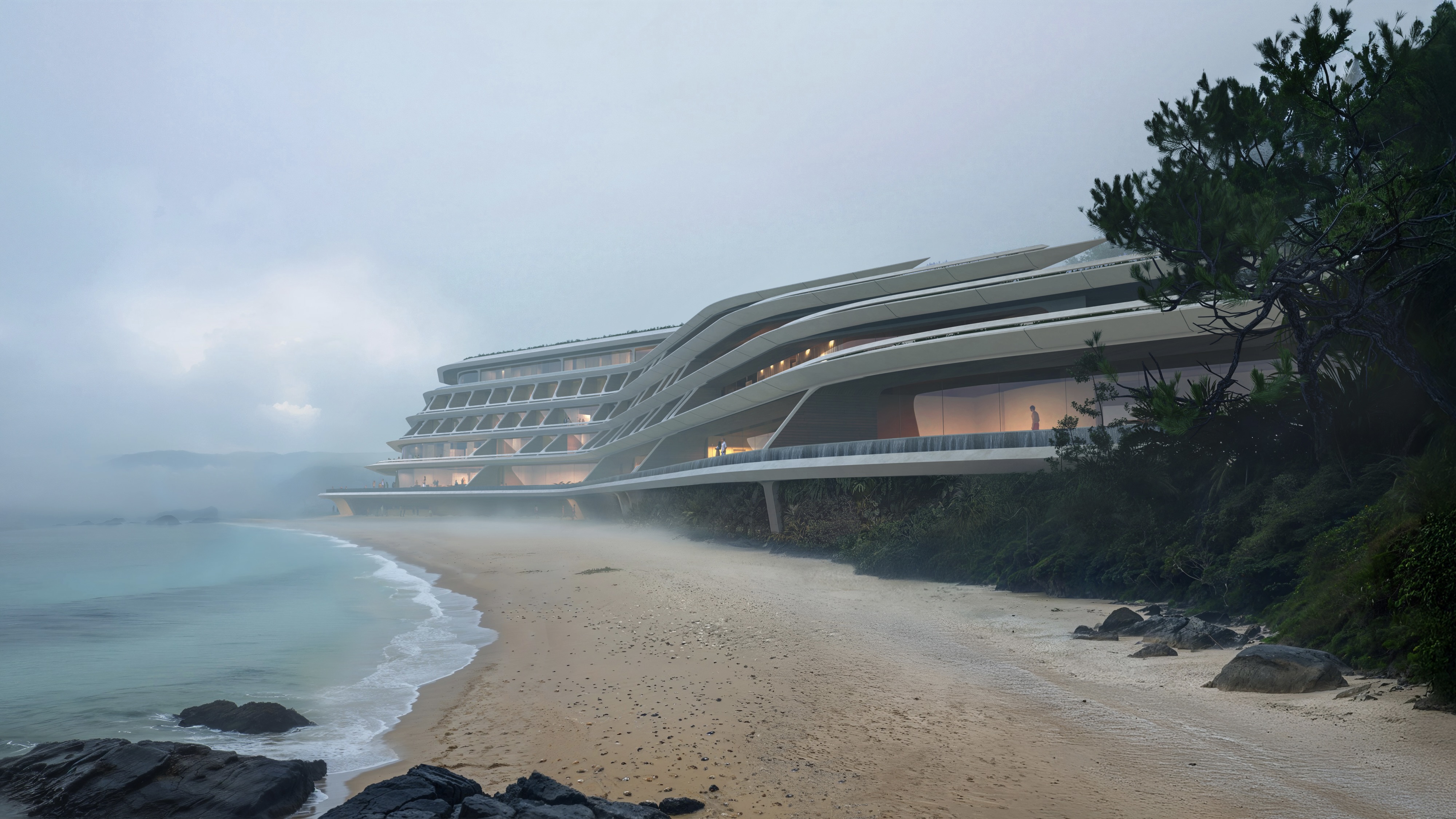 Curvilinear futurism meets subtropical beaches at Not A Hotel’s ZHA-designed Okinawa retreat
Curvilinear futurism meets subtropical beaches at Not A Hotel’s ZHA-designed Okinawa retreatZaha Hadid Architects has revealed the design for the first property in Not A Hotel’s futuristic new Vertex collection, coming soon to southern Japan
-
 Gorden Wagener leaves the helm of Mercedes-Benz design after 28 years with the company
Gorden Wagener leaves the helm of Mercedes-Benz design after 28 years with the companyThe German designer is stepping down from the role of chief design officer at Mercedes-Benz. We look back at his influence and impact on the world of automotive and luxury design
-
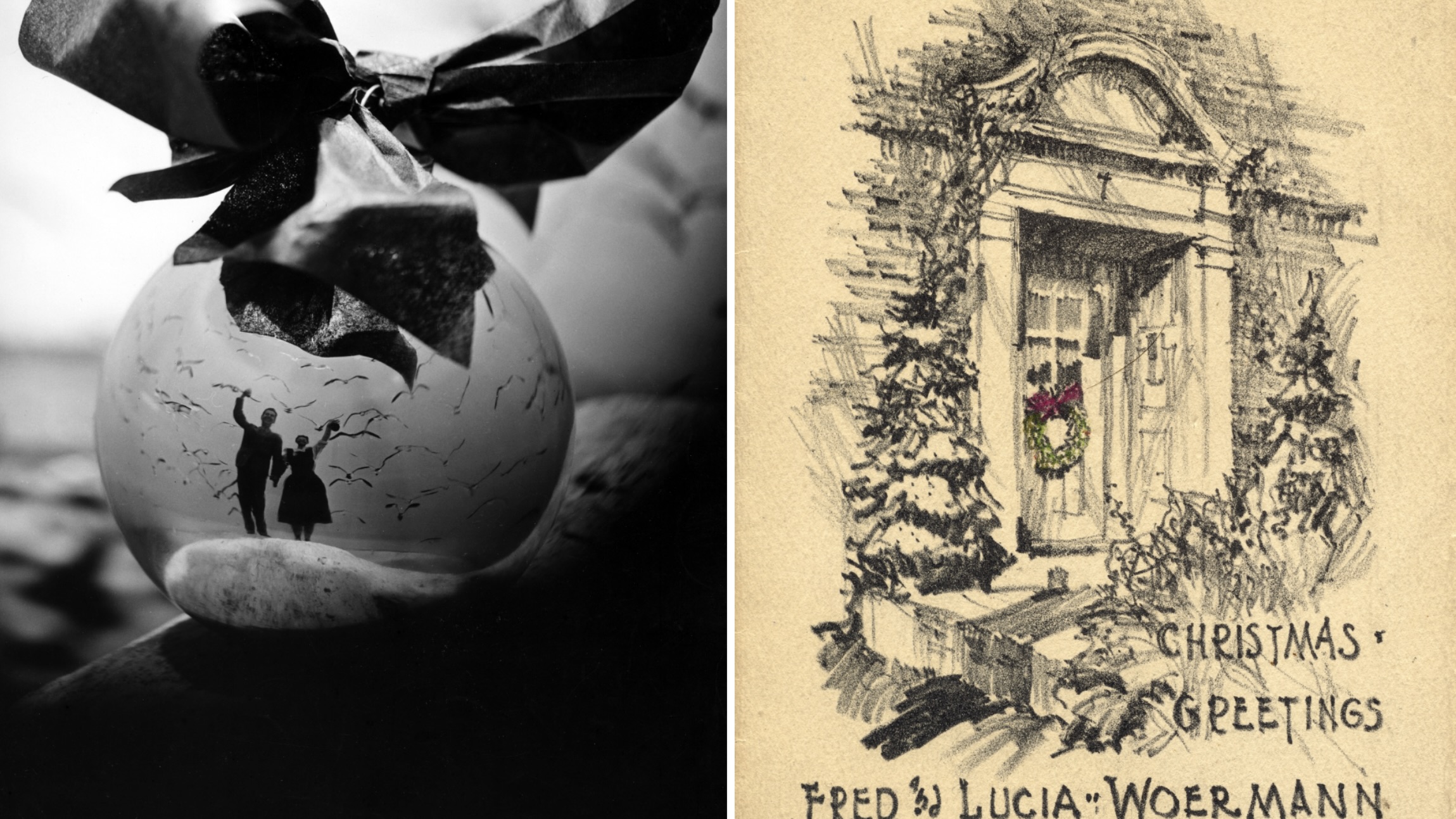 These Christmas cards sent by 20th-century architects tell their own stories
These Christmas cards sent by 20th-century architects tell their own storiesHandcrafted holiday greetings reveal the personal side of architecture and design legends such as Charles and Ray Eames, Frank Lloyd Wright and Ludwig Mies van der Rohe
-
 The Architecture Edit: Wallpaper’s houses of the month
The Architecture Edit: Wallpaper’s houses of the monthFrom wineries-turned-music studios to fire-resistant holiday homes, these are the properties that have most impressed the Wallpaper* editors this month
-
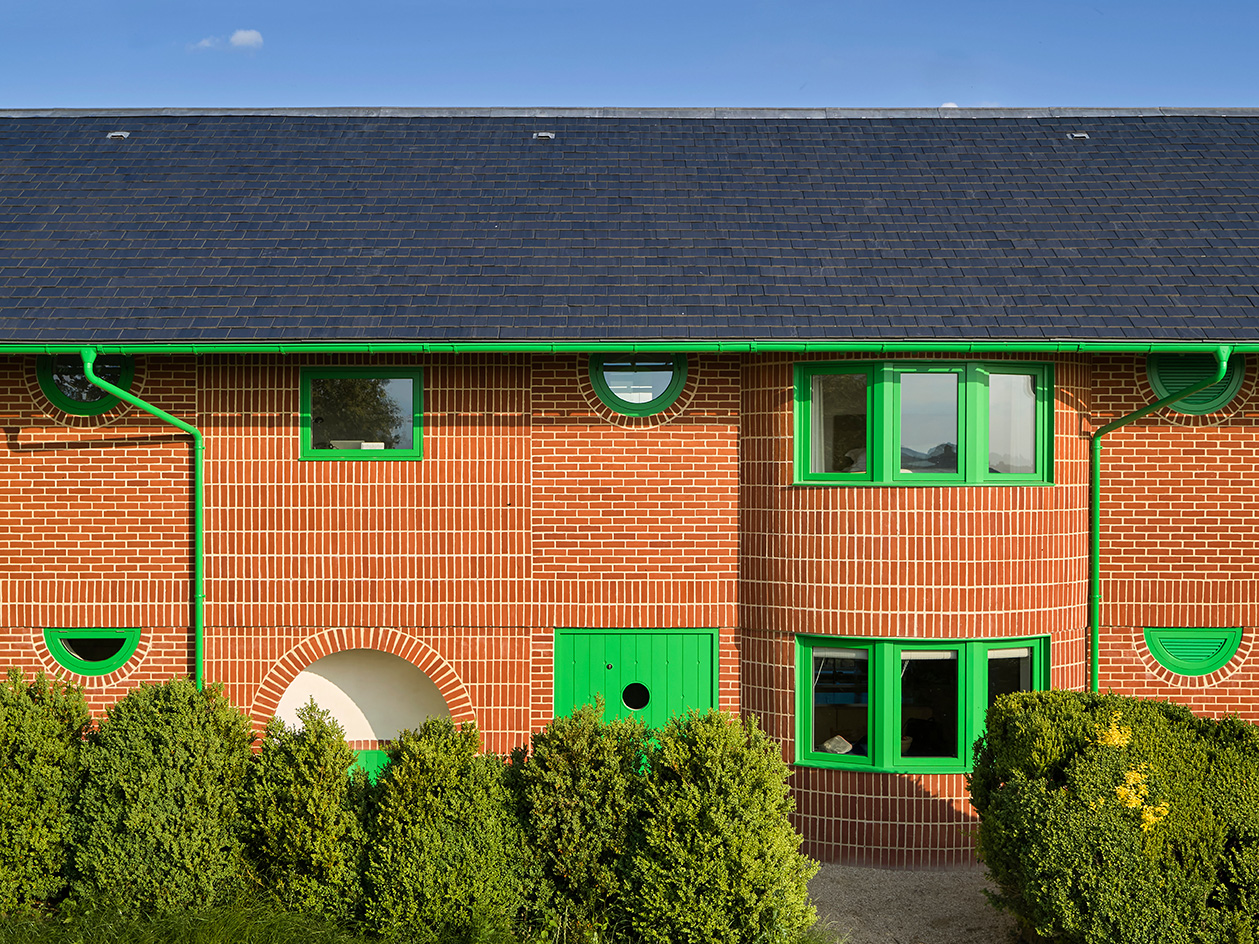 David Kohn’s first book, ‘Stages’, is unpredictable, experimental and informative
David Kohn’s first book, ‘Stages’, is unpredictable, experimental and informativeThe first book on David Kohn Architects focuses on the work of the award-winning London-based practice; ‘Stages’ is an innovative monograph in 12 parts
-
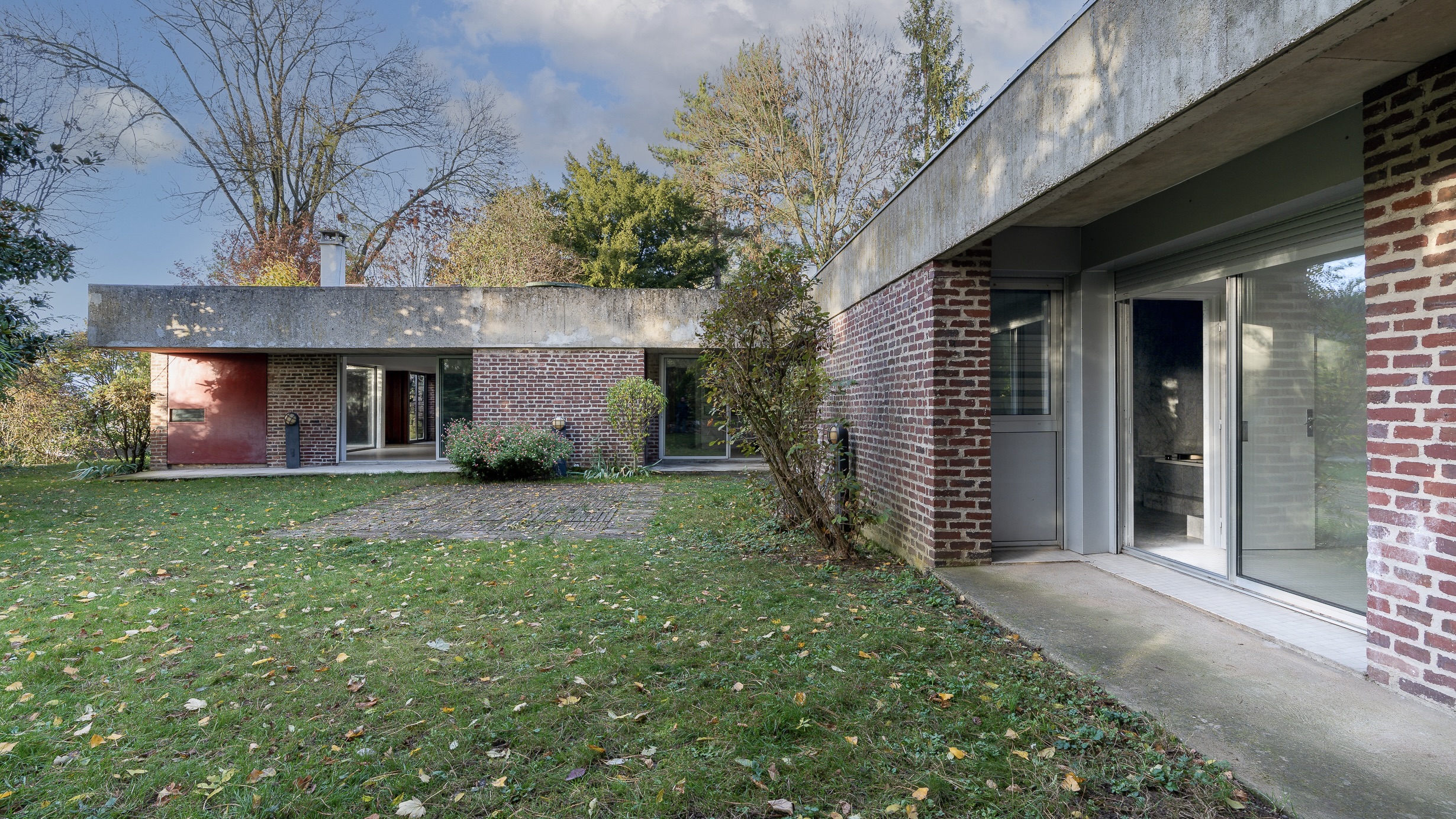 This modernist home, designed by a disciple of Le Corbusier, is on the market
This modernist home, designed by a disciple of Le Corbusier, is on the marketAndré Wogenscky was a long-time collaborator and chief assistant of Le Corbusier; he built this home, a case study for post-war modernism, in 1957
-
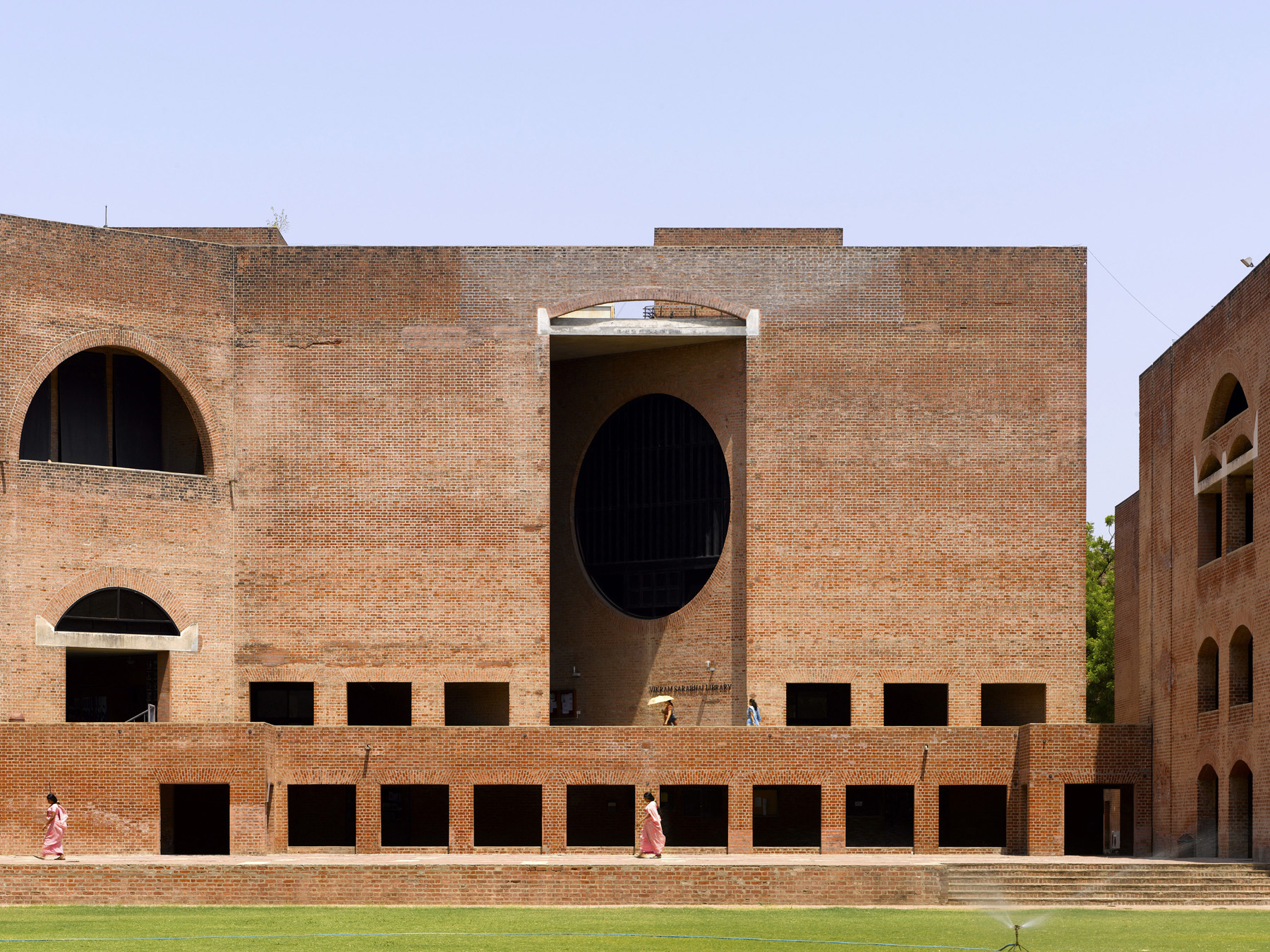 Louis Kahn, the modernist architect and the man behind the myth
Louis Kahn, the modernist architect and the man behind the mythWe chart the life and work of Louis Kahn, one of the 20th century’s most prominent modernists and a revered professional; yet his personal life meant he was also an architectural enigma
-
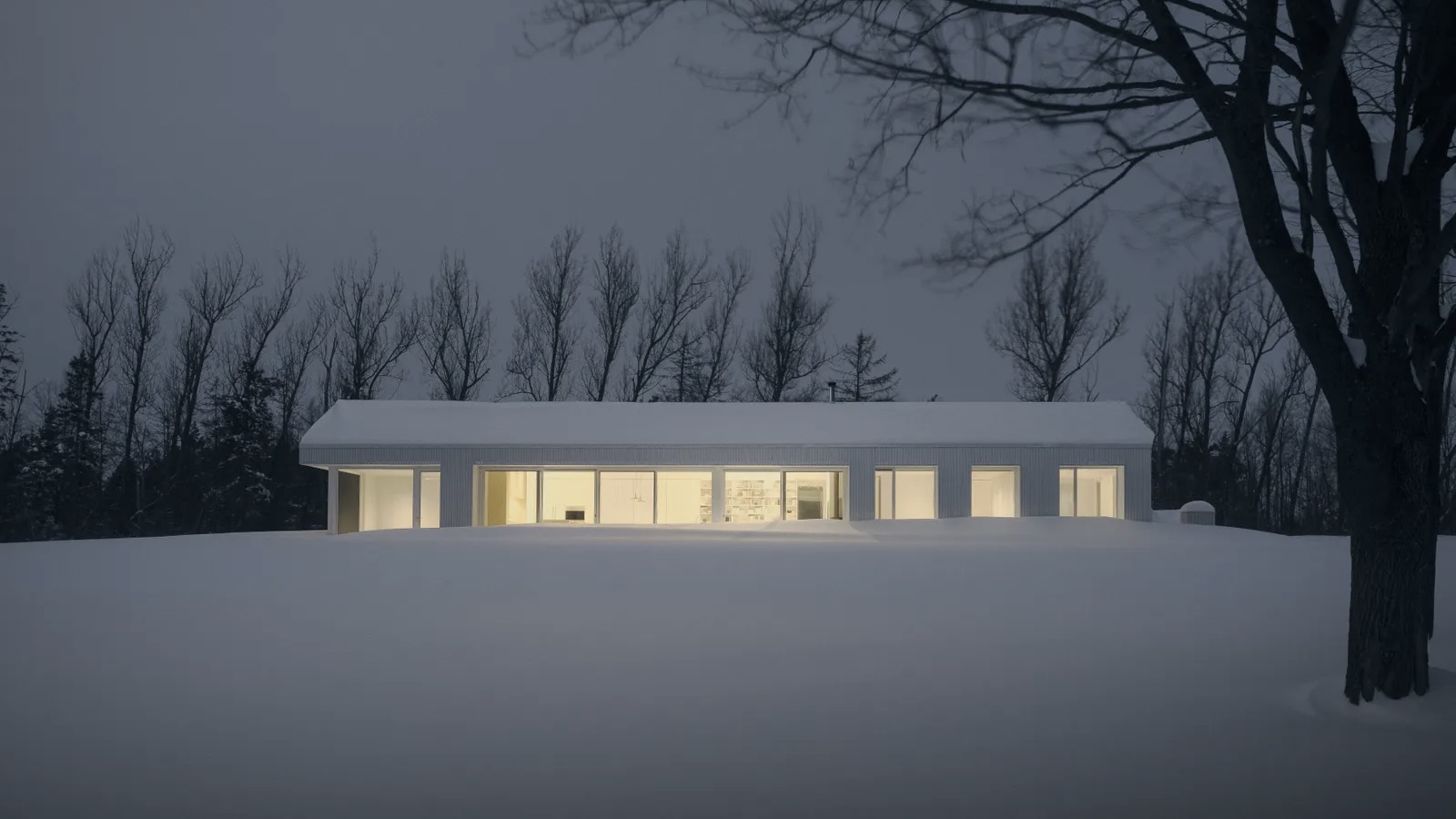 The Architecture Edit: Wallpaper’s houses of the month
The Architecture Edit: Wallpaper’s houses of the monthFrom Malibu beach pads to cosy cabins blanketed in snow, Wallpaper* has featured some incredible homes this month. We profile our favourites below
-
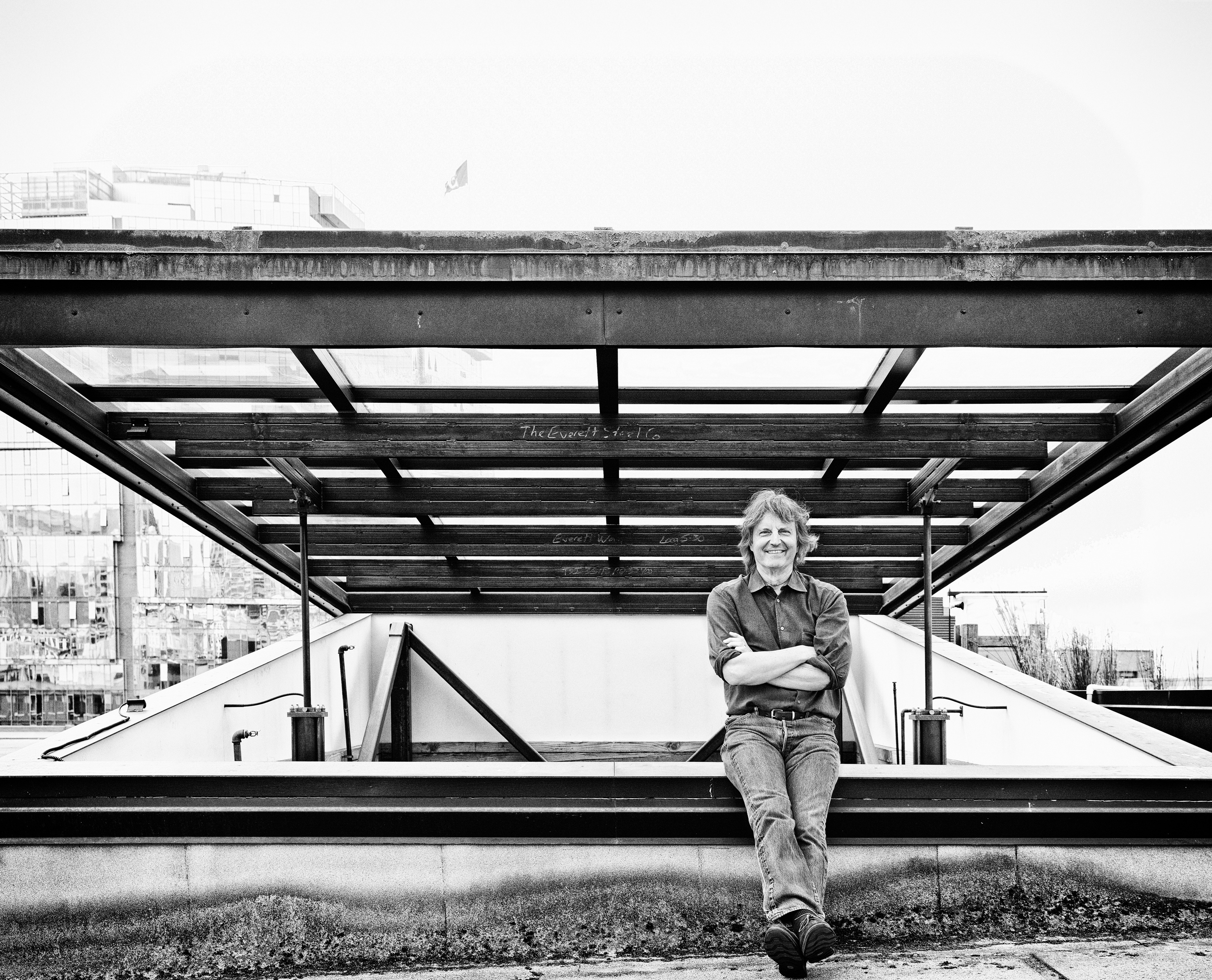 Explore Tom Kundig’s unusual houses, from studios on wheels to cabins slotted into boulders
Explore Tom Kundig’s unusual houses, from studios on wheels to cabins slotted into bouldersThe American architect’s entire residential portfolio is the subject of a comprehensive new book, ‘Tom Kundig: Complete Houses’
-
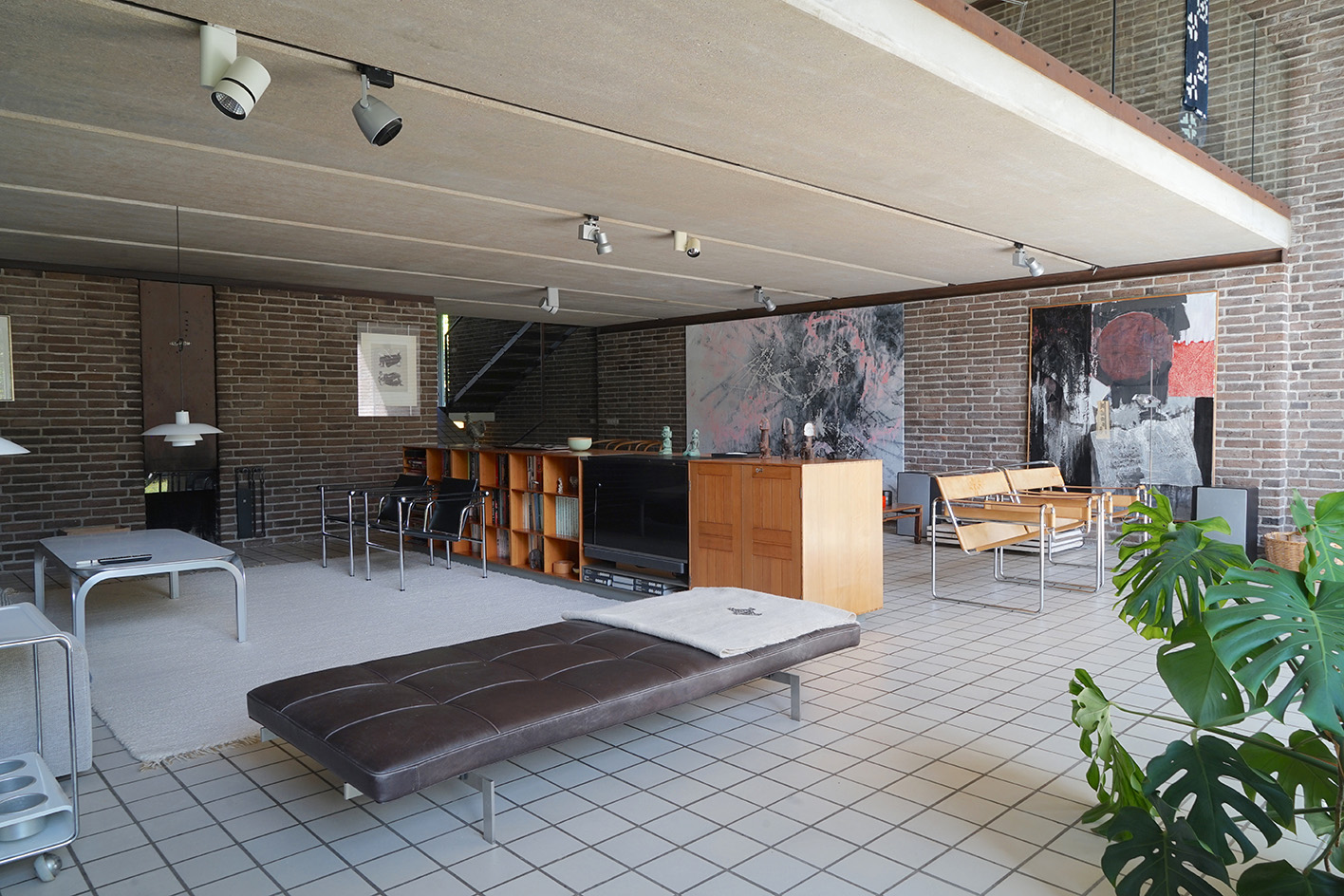 Three lesser-known Danish modernist houses track the country’s 20th-century architecture
Three lesser-known Danish modernist houses track the country’s 20th-century architectureWe visit three Danish modernist houses with writer, curator and architecture historian Adam Štěch, a delve into lower-profile examples of the country’s rich 20th-century legacy
-
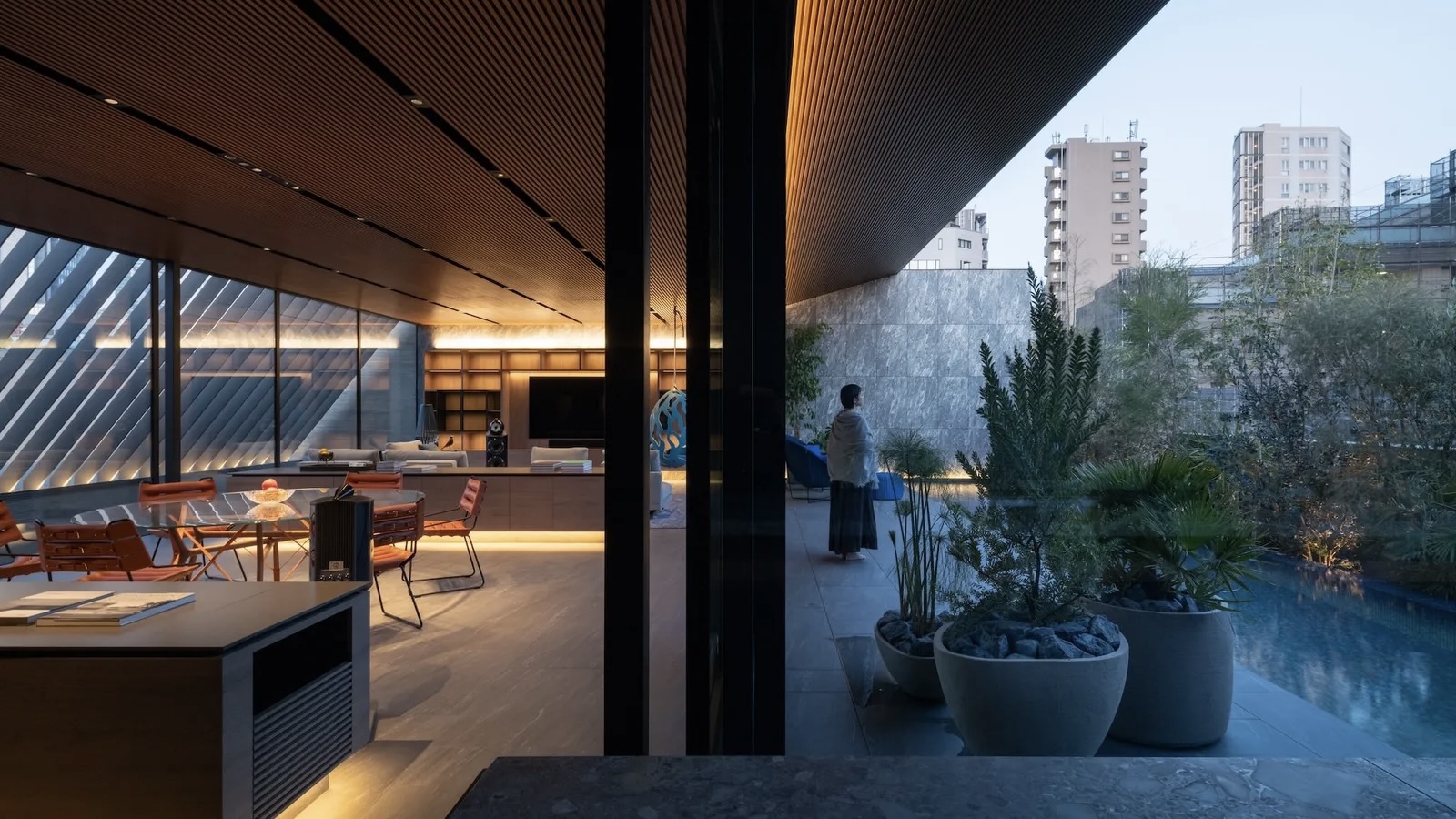 The Architecture Edit: Wallpaper’s houses of the month
The Architecture Edit: Wallpaper’s houses of the monthThis September, Wallpaper highlighted a striking mix of architecture – from iconic modernist homes newly up for sale to the dramatic transformation of a crumbling Scottish cottage. These are the projects that caught our eye